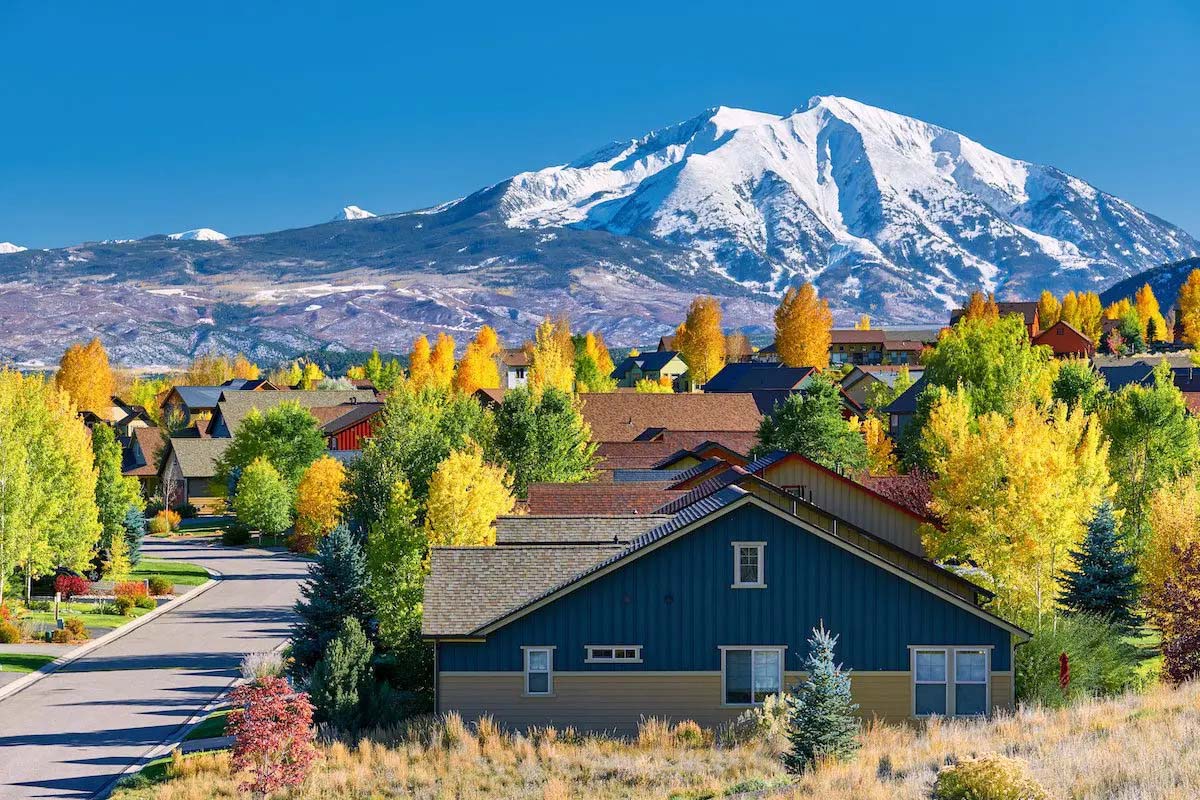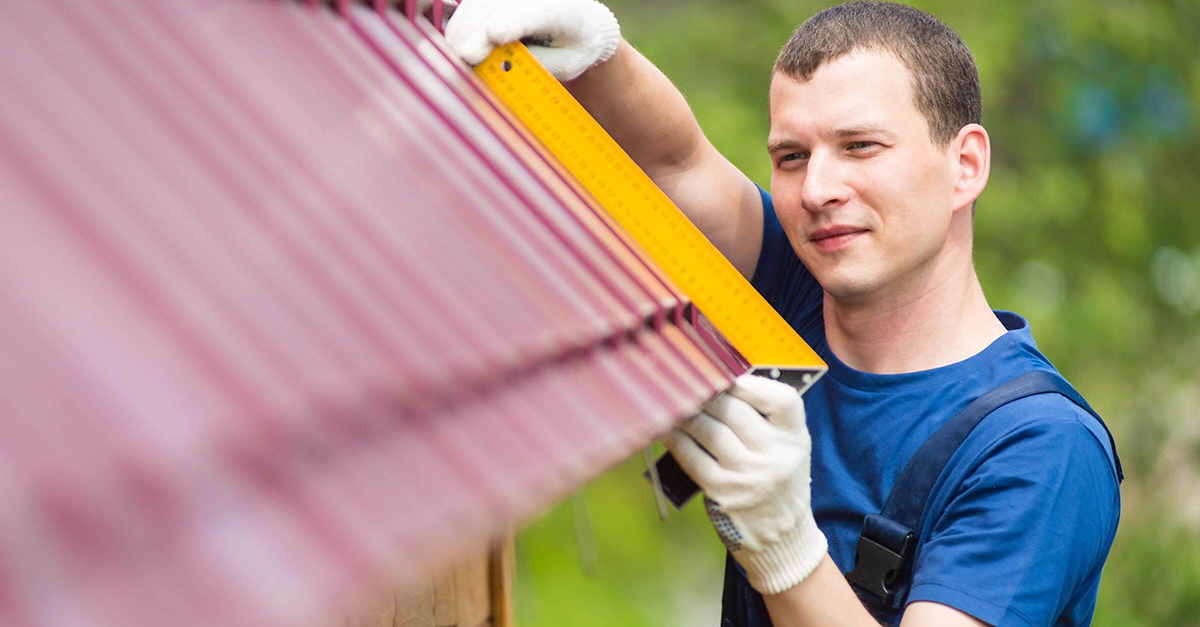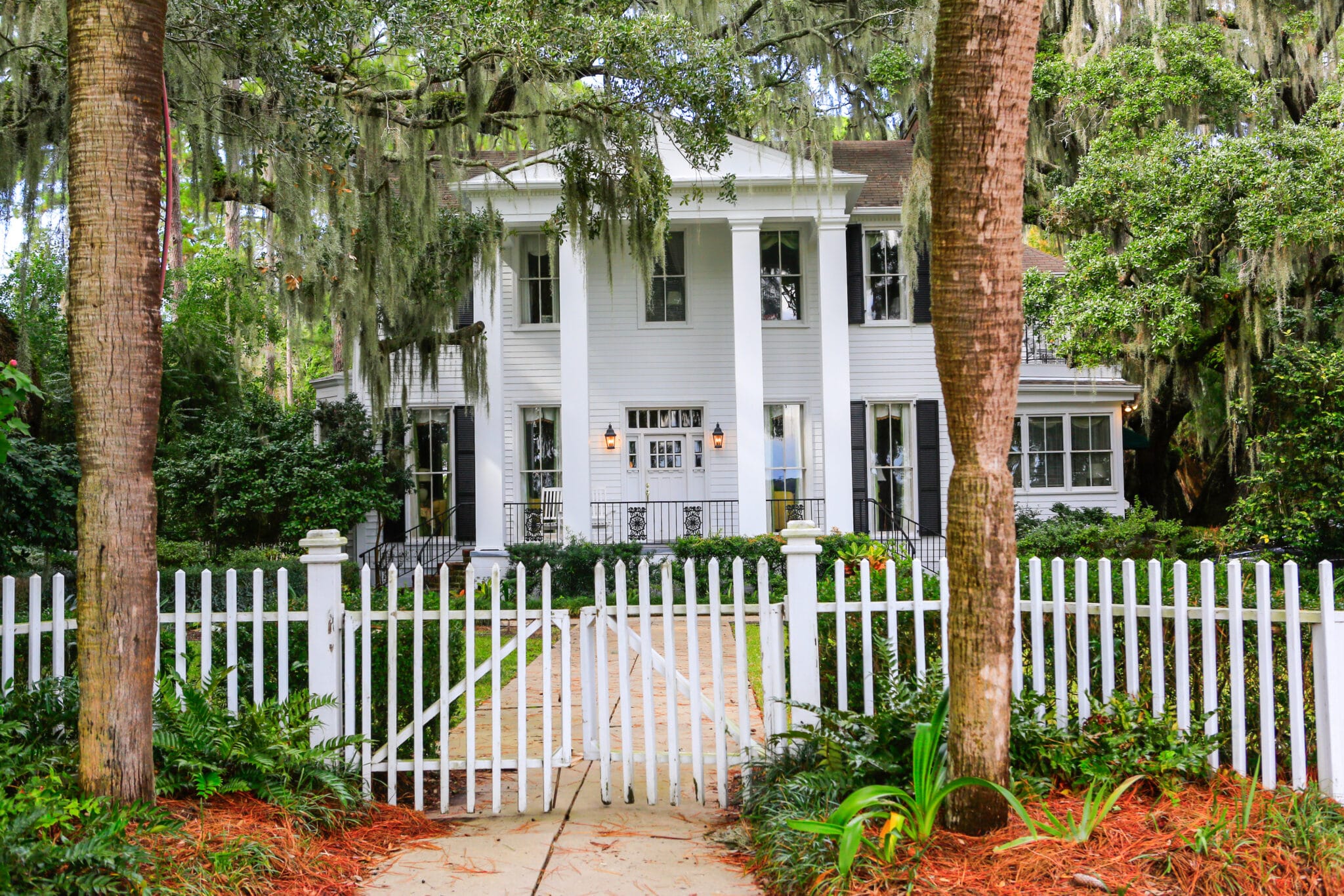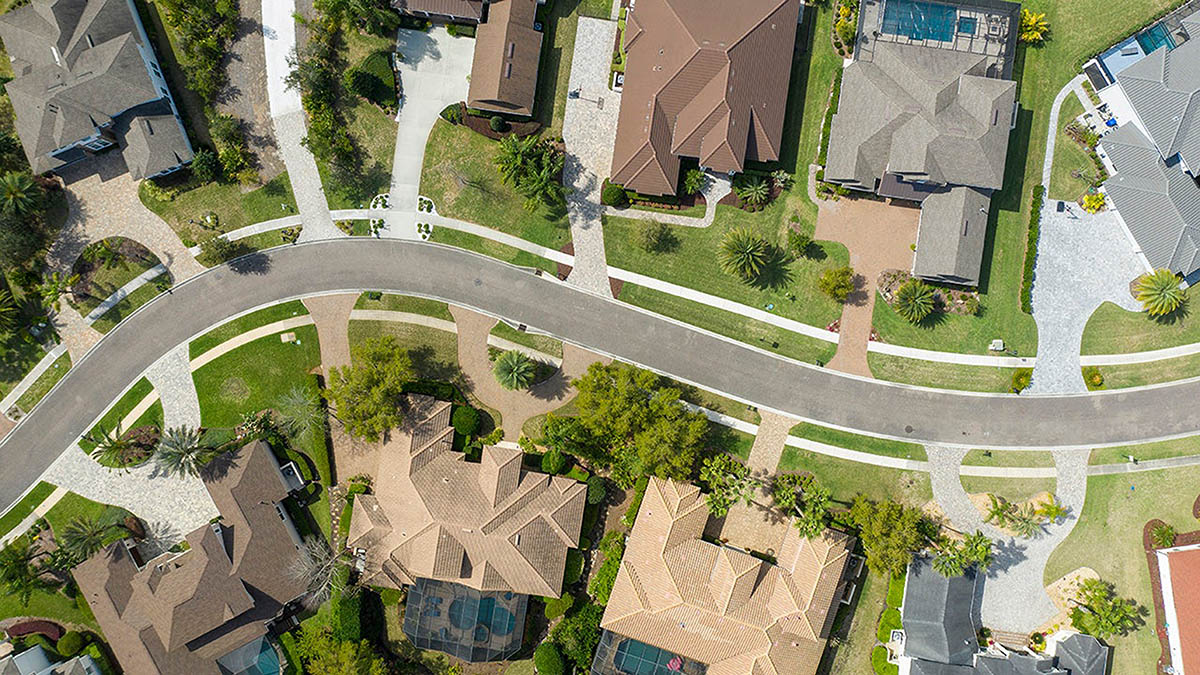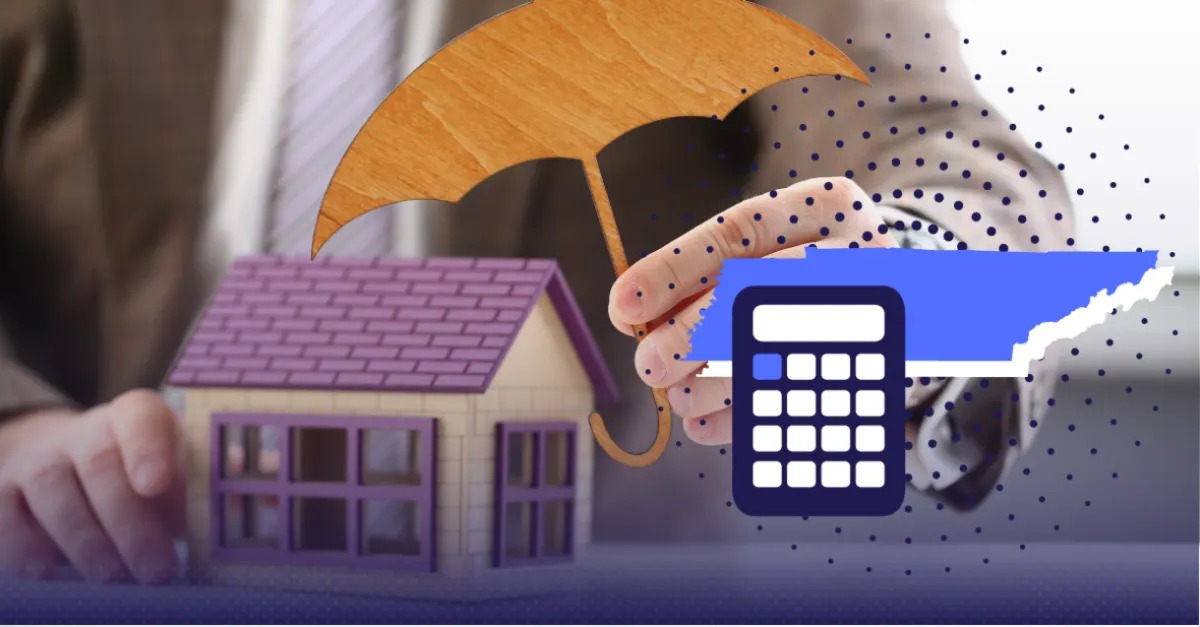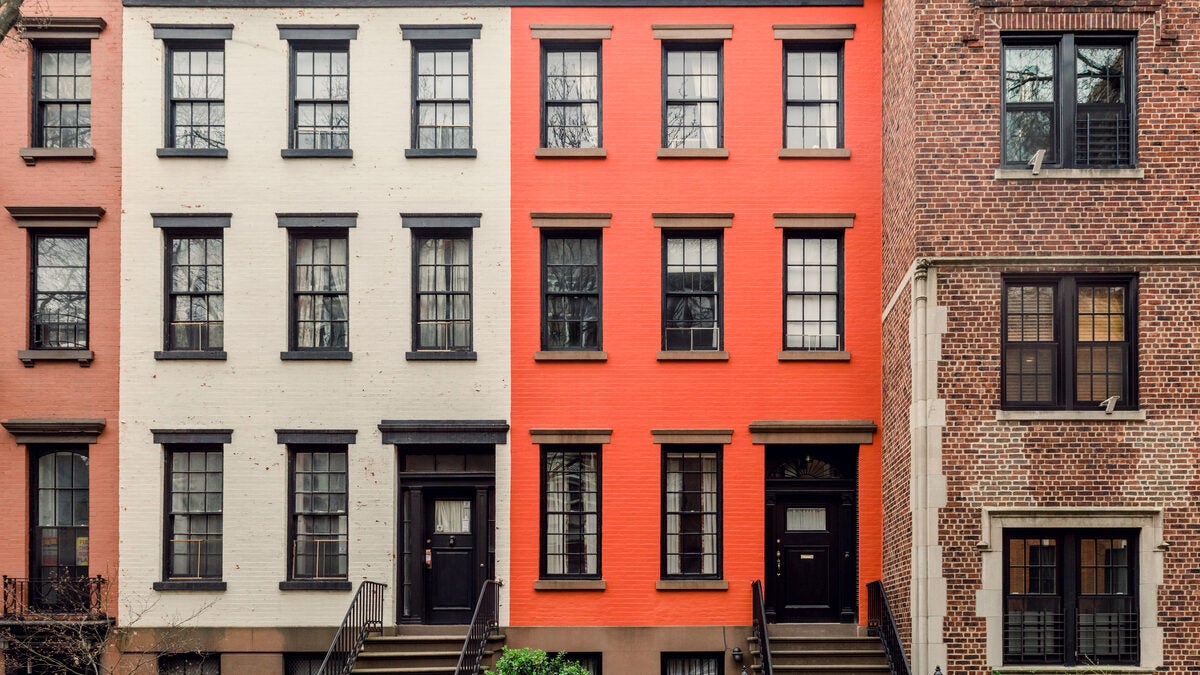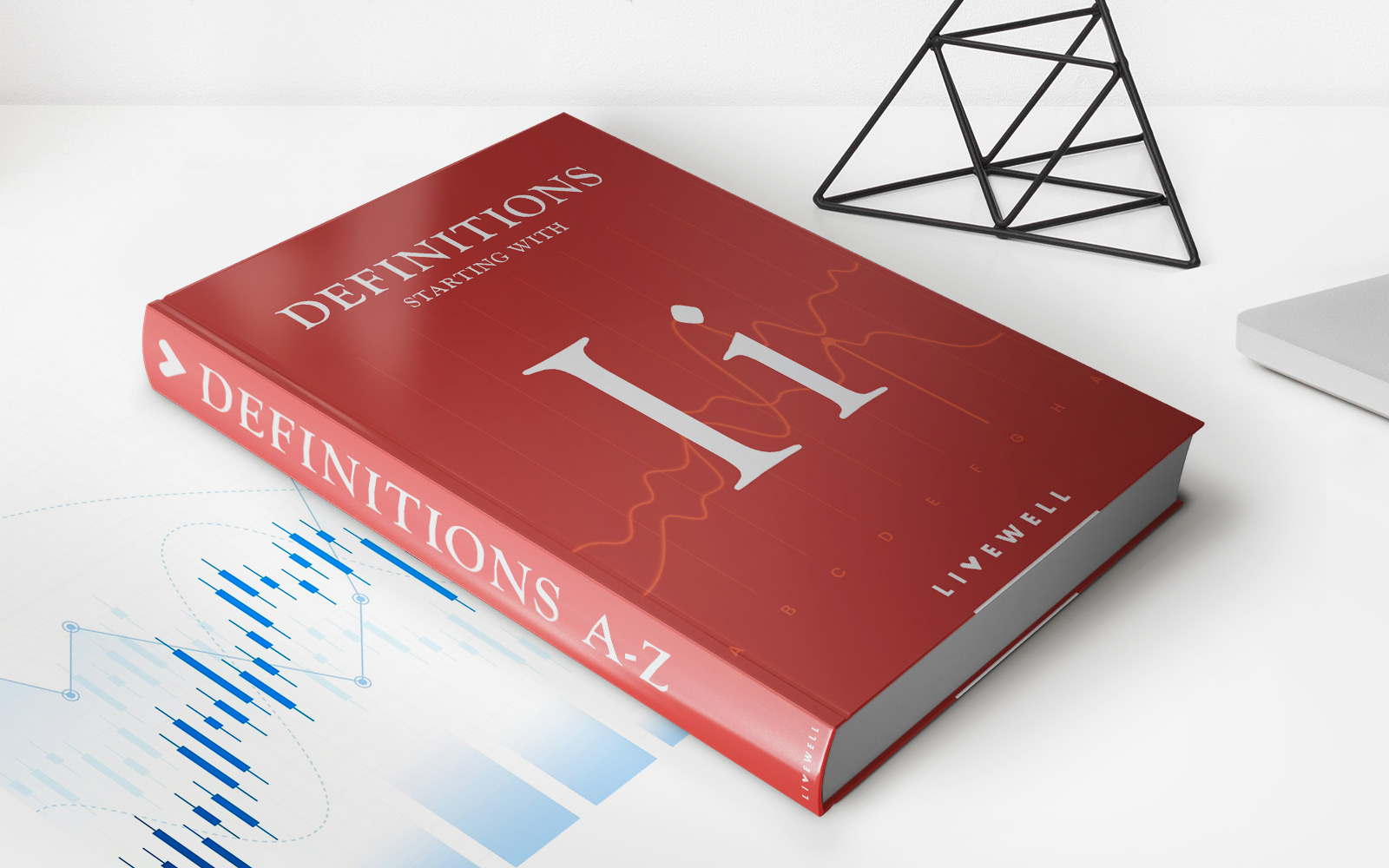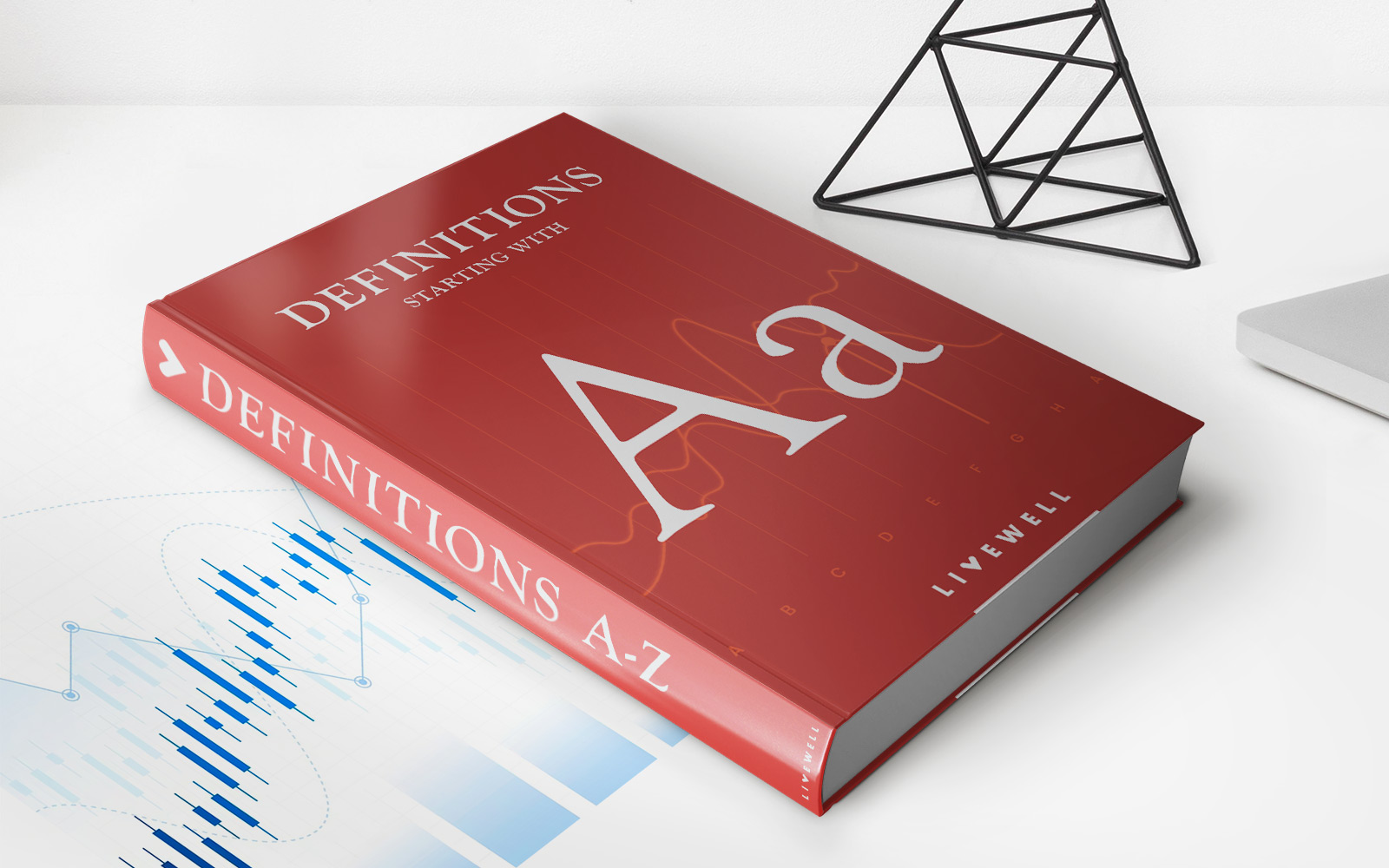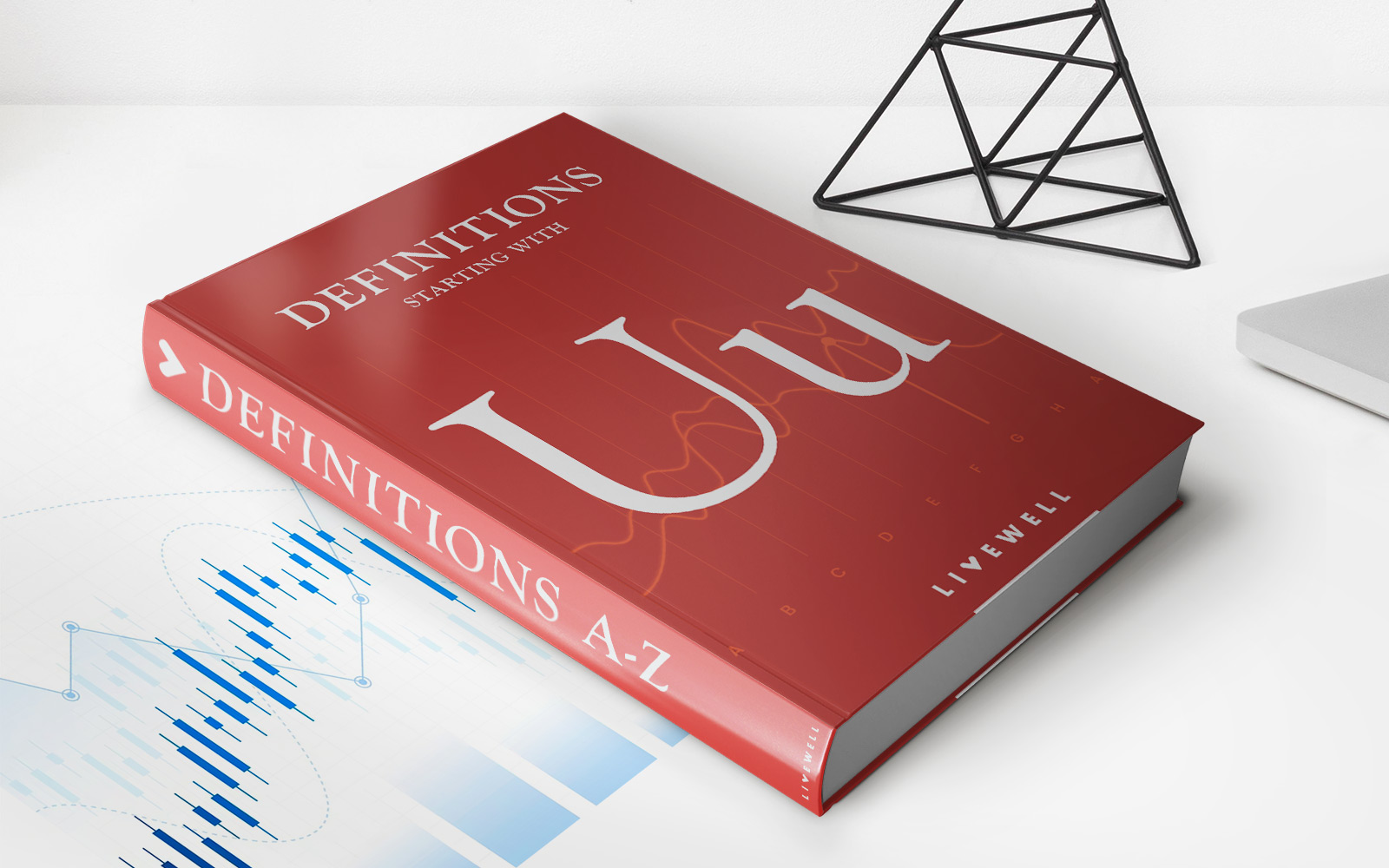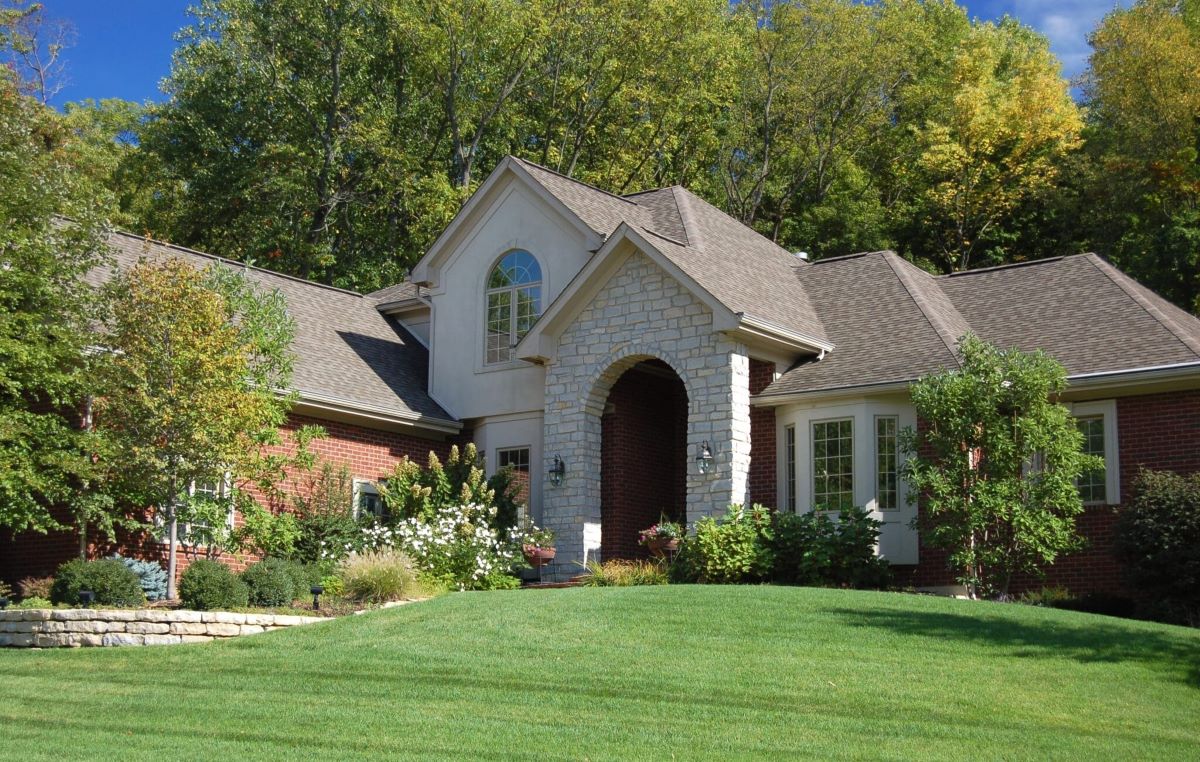

Finance
How Much Is Homeowners Insurance In MN?
Published: November 9, 2023
Find out the average cost of homeowners insurance in MN to protect your finances. Compare rates and get the best coverage for your home.
(Many of the links in this article redirect to a specific reviewed product. Your purchase of these products through affiliate links helps to generate commission for LiveWell, at no extra cost. Learn more)
Table of Contents
Introduction
Welcome to our guide on homeowners insurance in Minnesota. As a homeowner, it is essential to protect your investment and the contents of your home from unexpected disasters or accidents. Homeowners insurance provides financial coverage for a range of risks, including damage from fire, theft, storms, and liability for injuries that occur on your property.
In the state of Minnesota, like in any other state, homeowners insurance is a necessity. But how much does homeowners insurance cost in Minnesota? What factors affect the rates, and what types of coverage are available? In this article, we will provide you with the answers to these questions and more, helping you understand the importance of homeowners insurance and how to get the best coverage at an affordable price.
Minnesota is known for its challenging weather conditions. The state experiences severe winter storms, heavy snowfall, and occasional tornadoes. These weather events can cause significant damage to homes and property, making homeowners insurance even more crucial. Additionally, Minnesota has a high rate of property crimes, making it essential to protect your home against theft or vandalism.
When it comes to homeowners insurance rates in Minnesota, several factors come into play. Insurance companies consider factors such as the age and condition of your home, its location, the cost of rebuilding, your credit score, and any claims history you may have. Understanding these factors can help you better assess your insurance needs and find the right coverage for your home.
In the following sections, we will delve deeper into the factors that affect homeowners insurance rates in Minnesota, provide information on the average cost of homeowners insurance in the state, discuss the different types of coverage available, and share some tips on how to lower your homeowners insurance costs. By the end of this article, you will have a comprehensive understanding of homeowners insurance in Minnesota and be better equipped to secure the right coverage for your home.
Factors that Affect Homeowners Insurance Rates in Minnesota
When calculating homeowners insurance rates in Minnesota, insurance companies take several factors into consideration. Understanding these factors can help you determine why your rates may be higher or lower than average and give you an idea of what you can do to potentially lower your premiums. Here are some key factors that affect homeowners insurance rates in Minnesota:
- Location: The location of your home plays a significant role in determining your insurance rates. Factors such as proximity to a fire station, the risk of natural disasters, and the crime rate in your area can all impact your premiums. Homes located in areas with a high risk of wildfires or severe weather events may have higher premiums due to the increased likelihood of damage.
- Construction materials: The materials used to build your home can affect the cost of homeowners insurance. Homes constructed with fire-resistant materials like bricks or masonry tend to have lower insurance rates compared to homes built with wood, which is more prone to fire damage.
- Home age and condition: The age and condition of your home can impact your insurance rates. Older homes may have outdated electrical systems or plumbing, which increase the risk of damage and potential claims. A well-maintained home with updated systems may have lower premiums as it presents a lower risk to insurers.
- Rebuilding cost: The cost of rebuilding your home in the event of a total loss is a significant factor in determining insurance rates. Factors such as the square footage, construction quality, and local building costs are taken into account. It’s important to ensure that your insurance coverage adequately reflects the cost of rebuilding your home.
- Claims history: Your past insurance claims can affect your rates. If you have a history of frequent claims or large claims, it may result in higher premiums as it suggests a higher risk of future claims.
- Credit score: In most states, including Minnesota, your credit score can impact your homeowners insurance rates. Insurers consider your credit score as an indicator of financial responsibility. Maintaining a good credit score can help you secure lower insurance premiums.
- Deductible and coverage limits: The deductible amount and coverage limits you choose can affect your insurance rates. Higher deductibles and lower coverage limits typically result in lower premiums, but it’s essential to strike a balance that still provides adequate coverage in the event of a claim.
Keep in mind that each insurance company may have its own unique underwriting guidelines and rating factors. Therefore, it’s always a good idea to shop around and compare quotes from multiple insurers to find the best homeowners insurance policy that meets your needs and budget.
Average Cost of Homeowners Insurance in Minnesota
The cost of homeowners insurance in Minnesota can vary depending on several factors, including the size and location of your home, the coverage limits you choose, and your personal risk profile. According to data from the Insurance Information Institute, the average annual premium for homeowners insurance in Minnesota is around $1,308.
Keep in mind that this is just an average, and your own premium may be higher or lower. The cost of homeowners insurance is influenced by the specific characteristics of your home and the coverage options you select.
While the average cost provides a general idea, it’s crucial to consider the unique factors that can impact your premiums. For example, if you live in an area prone to severe weather events, such as tornadoes or hailstorms, your rates may be higher due to the increased risk of damage.
Additionally, factors such as the age and condition of your home, the quality of its construction materials, and the local crime rate can also affect your rates. Older homes or homes made of materials susceptible to damage may result in higher premiums due to the potential for claims.
Another factor to consider is the coverage limits you choose. The amount of coverage you select for your dwelling, personal property, and liability will impact your premium. It’s important to carefully evaluate your insurance needs and ensure you have sufficient coverage, but also to avoid over-insuring, which can unnecessarily increase your costs.
One way to potentially reduce your homeowners insurance costs is to increase your deductible. The deductible is the amount you are responsible for paying out of pocket before your insurance coverage kicks in. By opting for a higher deductible, you may be able to lower your premiums. However, it’s important to choose a deductible that you can comfortably afford in the event of a claim.
Lastly, shopping around and comparing quotes from multiple insurance companies can help you find the best coverage at a competitive price. Each insurance company has its own underwriting guidelines and rating factors, so getting quotes from different providers can give you a better understanding of the options available to you.
Remember, the cost of homeowners insurance is an essential consideration, but it’s equally important to focus on obtaining the right coverage to protect your most significant investment—your home.
Types of Homeowners Insurance Coverage
When it comes to homeowners insurance in Minnesota, there are several types of coverage options available. Each type of coverage protects different aspects of your home and provides financial support in the event of covered incidents. Here are some common types of homeowners insurance coverage:
- Dwelling Coverage: This is the core component of homeowners insurance and covers the structure of your home. It provides financial protection in case of damage from covered perils like fire, windstorms, or vandalism. Dwelling coverage typically includes the main structure of your home, including the walls, roof, and foundation.
- Personal Property Coverage: This coverage protects your personal belongings inside and outside of your home, such as furniture, appliances, clothing, and electronics. It provides reimbursement for the replacement or repair of these items in case of theft, damage, or destruction from covered events.
- Liability Coverage: Liability coverage protects you if someone is injured or their property is damaged due to your negligence. It covers legal expenses, medical bills, and damages that you may be legally obligated to pay. For example, if a visitor slips and falls on your property and sues you for their injuries, liability coverage can help cover the costs.
- Additional Living Expenses Coverage: Also known as loss of use coverage, this type of coverage helps pay for temporary living expenses if your home becomes uninhabitable due to a covered event. It typically covers expenses like hotel bills, meals, and rental costs while your home is being repaired or rebuilt.
- Medical Payments Coverage: Medical payments coverage provides coverage for medical expenses if someone is injured on your property, regardless of who is at fault. It can help cover costs such as ambulance fees, medical treatments, and x-rays, up to the policy limit.
It’s crucial to carefully review your homeowners insurance policy to understand the specific coverage limits and exclusions. Some policies may offer additional optional coverages, such as identity theft protection or coverage for high-value items like jewelry or artwork. Be sure to discuss your needs with your insurance provider and consider adding any additional coverage that may be relevant to your situation.
Remember, homeowners insurance policies can vary between insurance companies, so it’s important to compare different policies and coverage options to find the one that best suits your needs.
Tips for Lowering Homeowners Insurance Costs in MN
While homeowners insurance is an essential investment, it’s natural to want to find ways to lower the costs. Here are some tips to help you reduce your homeowners insurance premiums in Minnesota:
- Shop around and compare quotes: Take the time to shop around and get quotes from multiple insurance companies. Each insurer has its own pricing and underwriting guidelines, so comparing quotes can help you find the best coverage at a competitive price.
- Bundle your policies: Many insurance companies offer discounts if you bundle your homeowners insurance with other policies, such as auto or life insurance. Bundling can save you money on both policies.
- Increase your deductible: Consider increasing your deductible—the amount you pay out of pocket before your insurance coverage kicks in. By opting for a higher deductible, you can lower your premiums. Just make sure you choose a deductible that you can comfortably afford in case of a claim.
- Improve home security: Enhancing the security of your home can lower your insurance rates. Install security systems, smoke detectors, carbon monoxide detectors, and deadbolt locks. Also, consider joining a neighborhood watch program for additional discounts.
- Maintain a good credit score: In Minnesota, your credit score can impact your homeowners insurance rates. Maintaining a good credit score demonstrates financial responsibility and can help you secure lower premiums. Pay your bills on time, keep your credit utilization low, and monitor your credit report for any errors.
- Update your home’s features: Consider updating your home’s electrical, plumbing, and heating systems. Insurance companies may offer discounts for homes with newer or upgraded systems that are less likely to cause claims.
- Review your coverage limits: Regularly review your coverage limits to ensure they reflect your current needs. Over-insuring your home can result in higher premiums. Take inventory of your belongings and adjust your personal property coverage accordingly.
- Ask about discounts: Inquire with your insurance company about available discounts. Some insurers offer discounts for non-smokers, retirees, or members of certain organizations. Ask about potential discounts and see if you qualify for any of them.
- Maintain a claims-free history: Avoid filing small or unnecessary claims. Insurance companies may reward policyholders with a claims-free history by offering discounts.
Remember, it’s important to balance cost savings with adequate coverage. While you want to find ways to lower your premiums, ensure that you still have sufficient coverage to protect your home and belongings. Discuss your needs with your insurance agent or broker to find the right balance for your situation.
Conclusion
Homeowners insurance is an essential aspect of protecting your home and belongings in Minnesota. With the unpredictable weather and other risk factors in the state, having the right coverage can provide peace of mind and financial protection.
In this guide, we have explored the factors that affect homeowners insurance rates in Minnesota, the average cost of coverage, the types of coverage available, and tips for lowering your insurance costs. By understanding these factors and taking proactive steps, you can find the best homeowners insurance policy that suits your needs and budget.
Remember to consider the location of your home, the construction materials, the age and condition of your property, and your claims history when determining your insurance rates. Additionally, explore various coverage options such as dwelling coverage, personal property coverage, liability coverage, additional living expenses coverage, and medical payments coverage to ensure comprehensive protection.
To lower your homeowners insurance costs, shop around for quotes, bundle your policies, increase your deductible, enhance your home’s security, maintain a good credit score, update your home’s features, review your coverage limits, and inquire about available discounts. By implementing these strategies, you can potentially save on your premiums without sacrificing crucial coverage.
Always take the time to review your homeowners insurance policy and make adjustments as needed. Regularly assess your coverage limits, update your inventory of belongings, and stay informed about changes in your home or personal circumstances. This will ensure that your insurance policy continues to meet your needs over time.
As a homeowner in Minnesota, it’s crucial to have homeowners insurance to protect your investment and provide financial security. With careful consideration, research, and the right coverage, you can safeguard your home and belongings from unexpected perils, giving you peace of mind for the future.
